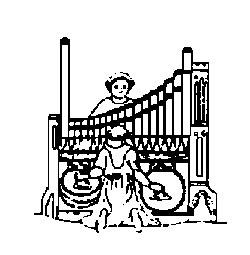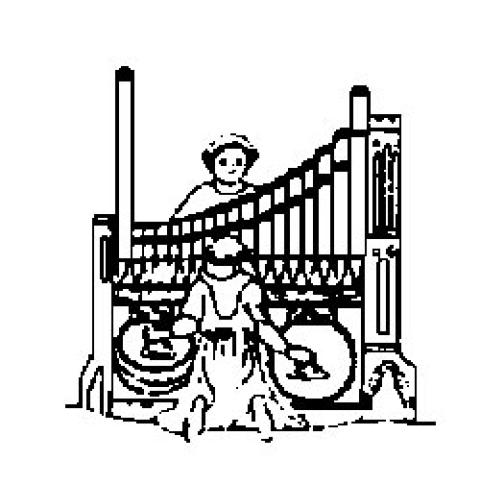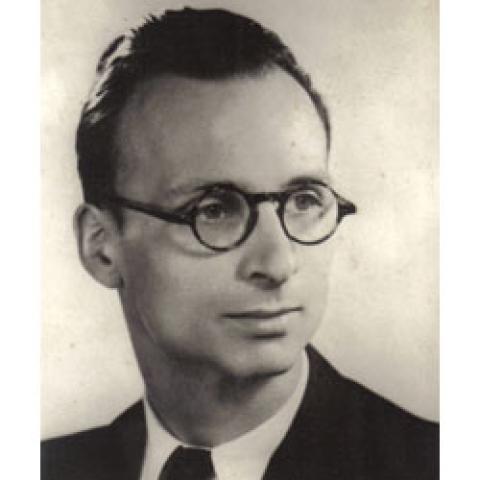
H. Schauerte
The 1st International Organ Academy at the new Aubertin-Organ of the church Saint-Louis-en-l'Ile in Paris, France will be held February 23-28. It will feature a masterclass with Helga Schauerte on the theme: "J.S. Bach, musicien de l'Avenir" , (J.S. Bach and the French Toccata : Boëly, Dubois, Gigout, Boëllmann, Jehan Alain), as well as concerts by Helga Schauerte and by the participants,and lectures by Gilles Cantagrel.
Languages: French/German/English.
Registration deadline: January 31, 2010.
Information (ask for a flyer): Helga Schauerte, 25 Rue Blanche, 75009 Paris, helgaschauerte@aol.com. (Tel. 00331 34 53 98 24).




